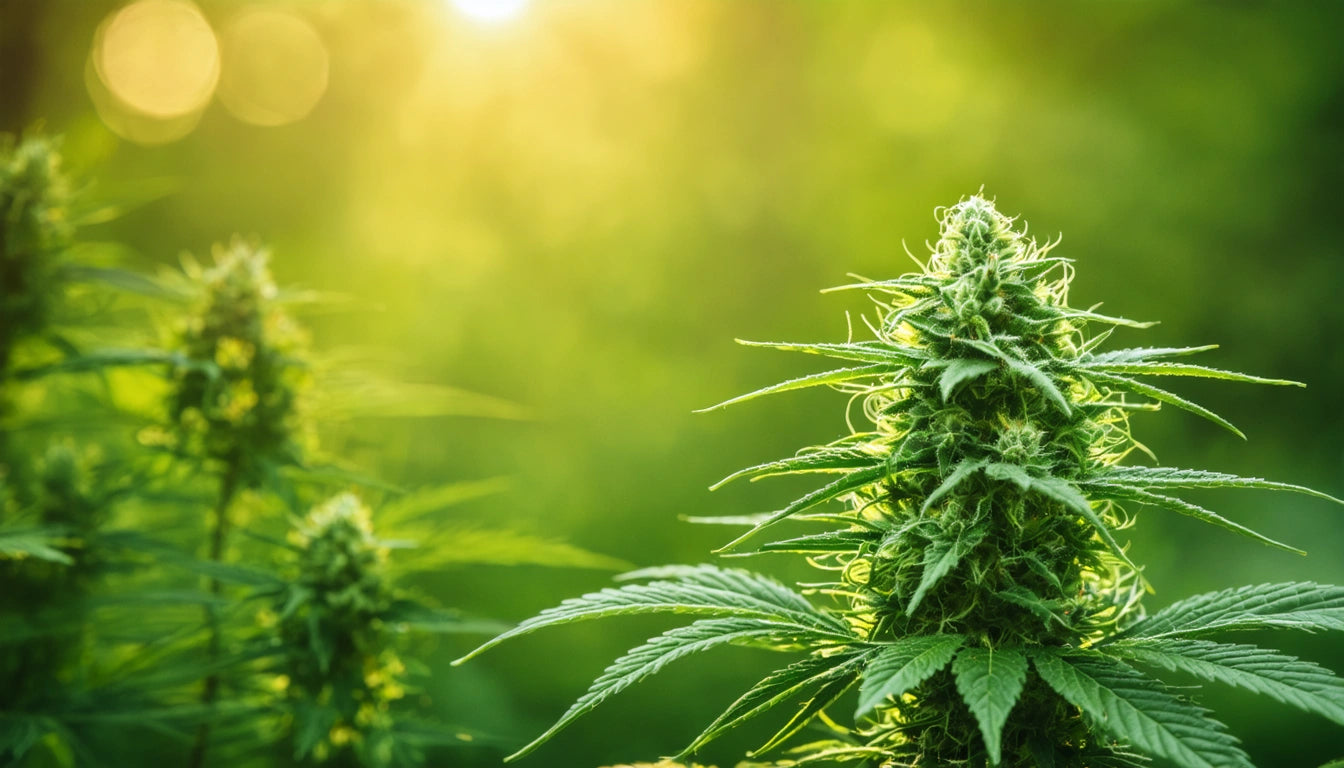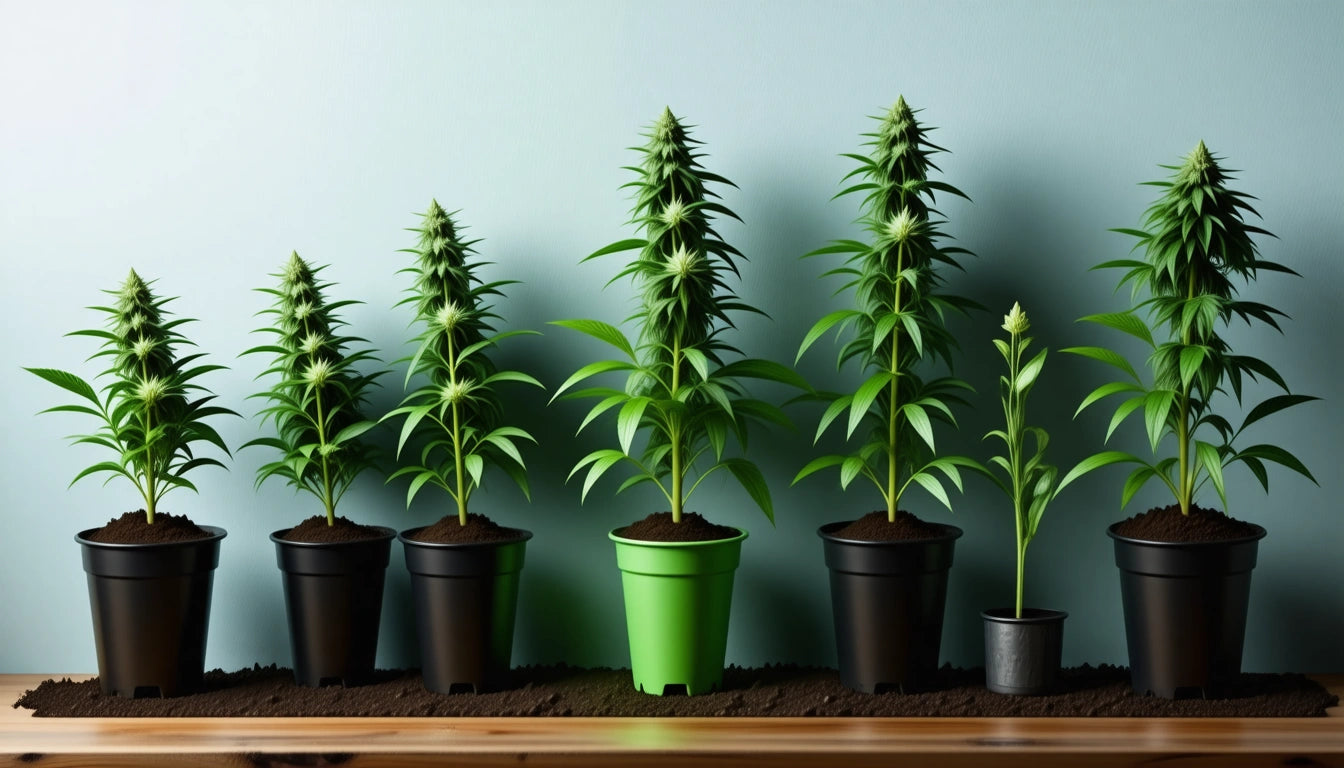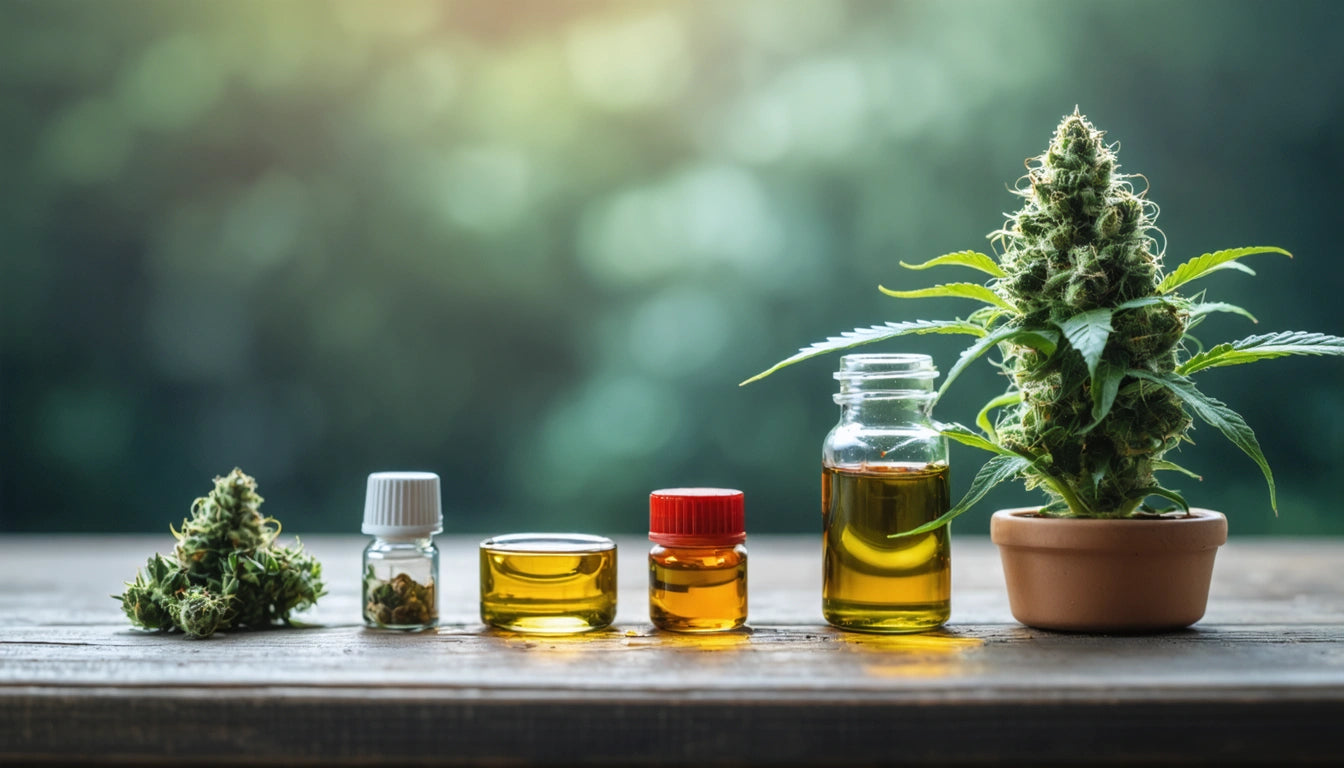Why Are My Cannabis Leaves Turning Yellow? Causes and Solutions
Yellow leaves on cannabis plants are like warning flags, signaling that something isn't right with your grow. Whether you're a novice grower or experienced cultivator, yellowing foliage can be concerning. Understanding why cannabis leaves turn yellow is essential for maintaining healthy plants and maximizing your harvest yield.
Identifying Yellow Leaves: Types and Patterns
Before treating yellowing leaves, it's important to identify the specific pattern and location of discoloration. Different issues create distinct yellowing patterns:
- Lower leaves yellowing: Often indicates nitrogen deficiency or natural aging
- Upper leaves yellowing: May signal sulfur deficiency or light burn
- Yellow spots or patches: Could be pest damage or fungal infection
- Yellowing between veins: Typically indicates iron, magnesium, or zinc issues
- Yellow leaf edges: Often points to nutrient burn or potassium deficiency
Careful observation helps narrow down potential causes. As noted in our guide on why cannabis plant leaves turn yellow, the specific pattern can be your best diagnostic tool.
Nutrient Deficiencies: The Primary Culprit
Nitrogen Deficiency
Nitrogen deficiency is the most common reason why marijuana leaves turn yellow, particularly in older growth. Leaves yellow from the bottom up as the plant redirects nitrogen to newer growth. The yellowing is uniform across the leaf, eventually leading to leaf drop if not addressed.
Magnesium Deficiency
When cannabis leaves show yellowing between green veins (interveinal chlorosis), magnesium deficiency is often responsible. This typically affects middle to lower leaves first and can be exacerbated by high calcium levels in your water or soil.
Iron Deficiency
Iron deficiency causes yellowing in young leaves first, with veins remaining green against a yellow background. This is often confused with magnesium deficiency but can be distinguished by which leaves are affected first.
Watering Issues: Finding the Right Balance
Both overwatering and underwatering can cause cannabis leaves to turn yellow, but for different reasons.
Overwatering
Overwatered plants develop droopy, yellow leaves that feel soft and swollen. The excess water prevents roots from accessing oxygen, essentially drowning them and preventing nutrient uptake. As discussed in our article about common cannabis plant issues, overwatering is particularly common with new growers.
Underwatering
Underwatered plants show crispy, dry yellow leaves that may curl upward. The plant becomes stressed and begins to shut down photosynthesis in certain areas to conserve resources.
A consistent watering schedule based on your specific growing medium and environment is crucial for preventing these issues.
pH Imbalances: The Hidden Problem
Even with perfect nutrient levels, your cannabis plants can't absorb those nutrients if the pH is incorrect. In soil, cannabis prefers a pH between 6.0-7.0, while hydroponic systems work best at 5.5-6.5.
When pH drifts outside the optimal range, leaves begin turning yellow because the plant can't access certain nutrients. This is known as nutrient lockout and can mimic deficiency symptoms even when nutrients are present in abundance.
Light Stress: Too Much of a Good Thing
Light burn or light stress occurs when cannabis plants receive too much light intensity. This typically affects the upper leaves closest to the light source, causing them to yellow or show bleached white spots.
Modern LED and HPS lights can be incredibly powerful, and placing them too close to your canopy can damage your plants. Following manufacturer recommendations for hanging height is essential, especially during the vegetative phase when plants are building their structure.
Pests and Diseases: Unwelcome Visitors
Various pests and pathogens can cause yellowing leaves:
- Spider mites: Create tiny yellow or white spots that eventually spread
- Fungus gnats: Damage roots, leading to nutrient uptake issues and yellowing
- Root rot: Causes widespread yellowing as the root system fails
- Powdery mildew: Often creates yellow spots before the characteristic white powder appears
Regular inspection of both the tops and undersides of leaves can help catch pest issues before they become severe. As explained in our guide on cannabis plant growth essentials, prevention through clean growing practices is always easier than treatment.
Recovery Strategies for Yellow Cannabis Leaves
Once you've identified the cause of yellowing, take these steps to help your plants recover:
- Adjust nutrients: Provide the specific nutrients your plant is lacking based on symptoms
- Correct pH: Test and adjust your water and soil pH to ensure nutrient availability
- Modify watering: Develop a consistent schedule based on pot size, growing medium, and environmental conditions
- Treat for pests: Use appropriate organic or chemical treatments based on the specific pest identified
- Improve environment: Adjust temperature, humidity, and airflow to reduce plant stress
Remember that severely yellow leaves rarely turn green again. Focus on saving the plant by addressing the underlying issue and supporting new growth. Mildly affected leaves may recover if the problem is caught early.
By carefully diagnosing and addressing the specific cause of yellowing leaves, you can help your cannabis plants return to vibrant health and continue developing toward a successful harvest.











Leave a comment
All comments are moderated before being published.
This site is protected by hCaptcha and the hCaptcha Privacy Policy and Terms of Service apply.